Exceptional Chinese vase forms and furniture lead Freeman's April 13 Asian Arts Auction
Lot 28. A pair of Chinese huanghuali armchairs, Sichutou Guanmaoyi, Late Ming to Qing dynasty. H: 41 in.; W: 23 1/8 in; D: 21 in. Estimate $80,000 - $120,000. © Freeman's 2022
PHILADELPHIA, PA.- Freeman’s April 13 Asian Arts auction presents collectors of Chinese craftsmanship opportunities to add remarkable 17th - and 18th -century furniture and design objects to their collections.
The sale is led by a pair of Chinese huanghuali, or fragrant rosewood, armchairs (Lot 28), elegant works crafted in the late Ming to Qing dynasty and offered at an estimate of $80,000-120,000. This particular “Sichitou Guanmaoyi” design form (“official’s-hat chair with four protruding ends”) would have been reserved for the most important and most honored member of a household in 17th -century China. The chairs’ handsome, streamlined forms and unusual bowed splats will appeal to discerning collectors of Chinese furniture.
Lot 28. A pair of Chinese huanghuali armchairs, Sichutou Guanmaoyi, Late Ming to Qing dynasty. H: 41 in.; W: 23 1/8 in; D: 21 in. Estimate: $80,000 - $120,000. © Freeman's 2022
With shaped serpentine crest-rail with protruding 'teardrop' ends, over a bowed splat and stiles, the serpentine arms with protruding "teardrop" handrests, over angled serpentine supports, the rectangular seat with inset hard mat seat, all over legs of circular section, shaped brackets, the front brackets with molded edge, staggered box stretcher, the timber of a rich reddish-brown with attractive figure.
Provenance: Acquired by the mother of the present owner, circa 1950
Thence by descent.
Note: The classic late Ming armchair “sichutou fushouyi 四出頭扶手椅” (“armchair with four protruding ends”) or “sichutou guanmaoyi 四出頭官帽椅” (“official’s-hat chair with four protruding ends”) was the highest development of the late Ming chair, and would have been reserved for the most important guest, or eldest or most honored member of a household. Within this form, there were a multitude of construction variations and decorative motifs which might be employed, resulting in a wide array of possible armchairs. This rare pair of huanghuali armchairs are exemplars of the most streamlined of the form, without additional ornament to distract the eye from the elegant serpentine crest rail, arms and fine joinery. The bowed form of the splat in the present pair is unusual, as the majority of published sichutou guanmaoyi chairs employ serpentine splats. A pair of 17th century armchairs with similar bowed splats were sold at Sotheby's, New York, March 23, 2011, lot 651.
For other pairs of this type of armchair see the pair sold at Christie's, New York, March 18, 2021, lot 751 (dated 19th/early 20th century); another pair sold Nagel Auction, Stuttgart, December 8, 2020, lot 5; the pair with slightly more elaborate brackets under the seat front, sold at Christie's Hong Kong, November 30, 2020, lot 2827; and the pair sold at Sotheby's, New York, September 16, 2008, lot 211. For other published chairs, see George N. Kates, "Chinese Household Furniture", New York, 1962, no. 79; a pair with more elaborate front seat brackets and subsidiary arm supports illustrated in Sarah Handler "Austere Luminosity of Chinese Classical Furniture", London 2001, p. 53. Compare also the chair illustrated in Wang Shixiang et al, "Connoisseurship of Chinese Furniture, Ming and Early Qing Dynasties", 1990, Vol. II, no. A70. See also the pair of armchairs illustrated in Robert D. Jacobsen and Nicholas Grindley, "Classical Chinese Furniture in the Minneapolis Institute of Art", Minneapolis 1999, p. 63, no. 13.
Asian Arts also features the sale of two design highlights, richly decorated 18th -century Chinese vases. The first, a large and impressive Chinese gilt-repoussé-embellished cloisonné vase (Lot 14), features both an intricate, multicolored lotus scroll allover design, as well as an auspicious five-clawed dragon snaking around the vase’s pearshaped form, chasing a flaming jewel. Presented at an estimate of $40,000-60,000, this vase’s gilt-repoussé embellishment suggests Imperial patronage.
Lot 14. A large and impressive Chinese gilt-repoussé-embellished cloisonné vase, 18th century or earlier. H: 19 1/4 in. Estimate: $40,000 - $60,000. © Freeman's 2022
Of "Yuhuchunping" pear-shaped form, on tall spreading foot, the body decorated with dense multi-colored lotus scrolls, an applied gilt-repoussé sinuous five-clawed dragon chasing a flaming jewel around the neck and shoulder.
Provenance: Collection of Norman Stanley Potter (1926–1970) acquired prior to February 10, 1967
Thence by descent.
Note: The body of this rare and impressive “Dragon” vase of “Yuhuchunping” form is characteristic of the wares of the 17th and 18th century. The joined copper body and distinctive palate, including the so-called “Ming pink”, where powdered glass grains of brick-red and white are mixed, suggest a date sometime during the Kangxi period. The vigorous applied gilt repoussé five-clawed dragon encircling the body and neck, pursuing a flaming pearl, is of exceedingly high quality and might have embellished the vase at a later time, suggesting Imperial patronage. Such later embellishment would not be unusual, as there are many instances of Yuan and Ming cloisonné’s which received additional gilt embellishments in the 17th and 18th centuries. Other dragon-embellished or ornamented pieces include the elaborate 18th century vase on stand in the George Walter Vincent Smith Collection Museum, Springfield, Massachusetts (63.23.23), the Qianlong period shrine from the Samuel P. Avery Jr. collection in the Brooklyn Museum of Art (09.520a,b) and the Imperial dog cage in the Philadelphia Museum of Art (1964-205-1).
Norman Stanley Potter (1926–1970) was a collector with wide-ranging interests who developed an eye for classical arts and built a collection of Asian art, antiquities, and early European art. Born to Polish immigrants in New York City, Potter began his self-edification in the arts during his youth while exploring the Metropolitan Museum of Art. As a prominent mathematician and engineer, he participated in the Manhattan Project and later was a designer of complex defense systems. Together with his wife, the abstract artist Berne Potter, he was active in the art and antique worlds of New York and became friends with important gallerists and collectors, including Julius Carlebach and Melvin Gutman.
An exceptional pair of Chinese champlevé cloisonné enamel gilt metal gu-form vases from the Qianlong/Jiaqing period (Lot 12; estimate: $50,000-70,000) will also delight.
Lot 12. An exceptional pair of Chinese champlevé cloisonné enamel gilt metal gu-form vases, Qianlong-Jiaqing period (1736-1820). H: 13 1/2 in., Dia: 7 1/8 in. Estimate: $50,000-70,000. © Freeman's 2022
Of waisted six-lobed section, the central section of globular form, with flared base and neck, fret border to both footring and mouth rim; the body finely repoussé-decorated with lotus scrolls in various color enamels against a gilt ground.
Provenance: Formerly in the Chinese Imperial Collection, by repute, as described in an appraisal prepared by Melvin Gutman of Cole Galleries, New York, dated February 10, 1967, #46
W. E. Browne Decorating Company, Atlanta, Georgia
Property from the collection of Mr. Norman Potter, acquired from the above, February 28, 1966
Thence by descent.
Note: For a closely related pair, possibly originally from the collection of Prince Kung, see Roger Keverne, Summer Exhibition 2010, pp. 28-29, where the motifs are inlaid with semiprecious stones instead of champlevé enamels. In that catalogue entry, a related gilt bronze and champlevé enamel vase in the collection of the Shenyang Imperial Palace Museum is cited. See also the pair of gilt bronze and champlevé enamel gu-form vases, dated to the Qianlong period, in Roger Keverne, Winter Exhibition 2012, no. 15, where it is noted such vases likely refer back to hardstone-inlaid examples like that cited above.
Norman Stanley Potter (1926–1970) was a collector with wide-ranging interests who developed an eye for classical arts and built a collection of Asian art, antiquities, and early European art. Born to Polish immigrants in New York City, Potter began his self-edification in the arts during his youth while exploring the Metropolitan Museum of Art. As a prominent mathematician and engineer, he participated in the Manhattan Project and later was a designer of complex defense systems. Together with his wife, the abstract artist Berne Potter, he was active in the art and antique worlds of New York and became friends with important gallerists and collectors, including Julius Carlebach and Melvin Gutman of Cole Galleries, Ltd., New York.

/https%3A%2F%2Fprofilepics.canalblog.com%2Fprofilepics%2F1%2F0%2F100183.jpg)
/https%3A%2F%2Fstorage.canalblog.com%2F03%2F02%2F119589%2F96711876_o.jpg)
/https%3A%2F%2Fstorage.canalblog.com%2F11%2F31%2F119589%2F94773502_o.jpg)
/https%3A%2F%2Fstorage.canalblog.com%2F20%2F83%2F119589%2F94772815_o.jpg)
/https%3A%2F%2Fstorage.canalblog.com%2F26%2F72%2F119589%2F75604929_o.jpg)
/https%3A%2F%2Fstorage.canalblog.com%2F59%2F60%2F119589%2F26458628_o.jpg)

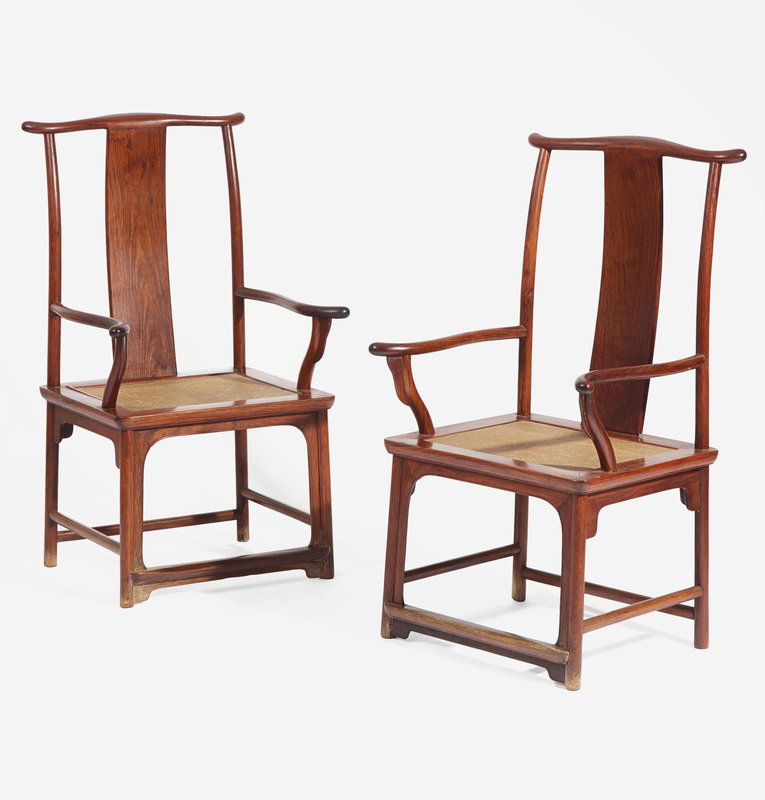


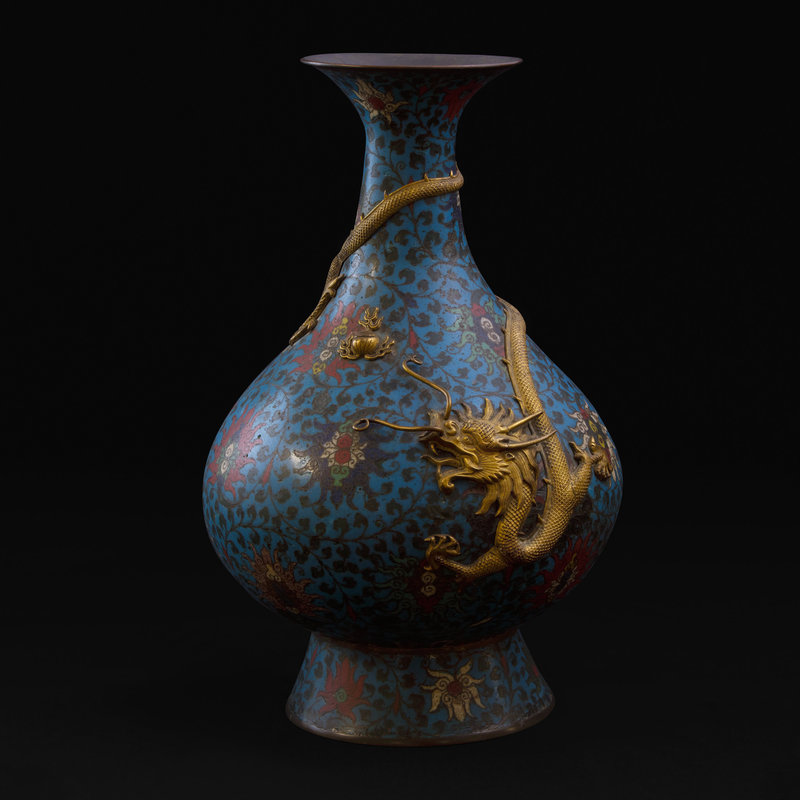









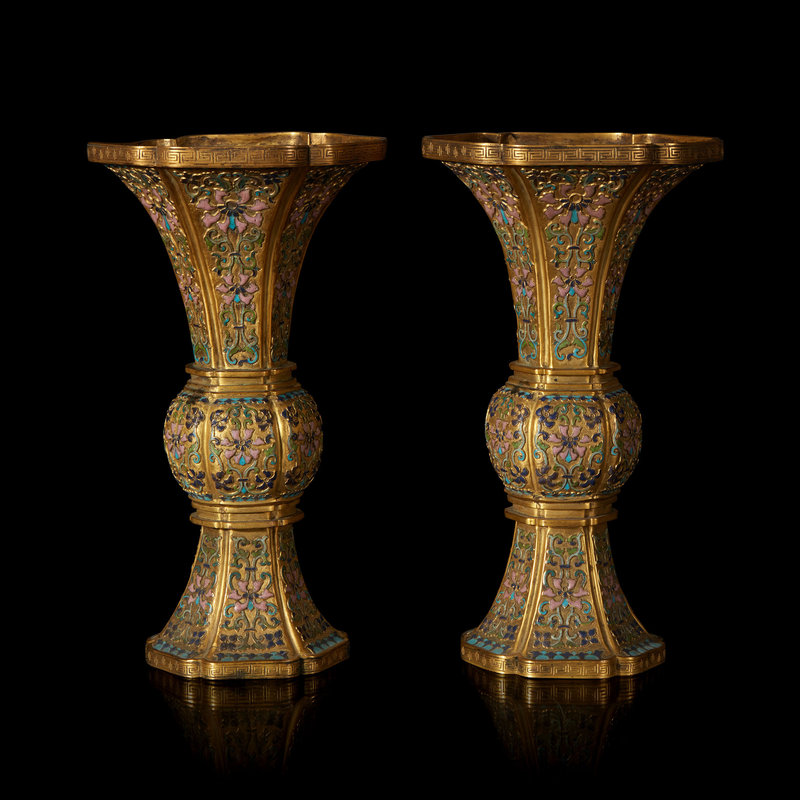
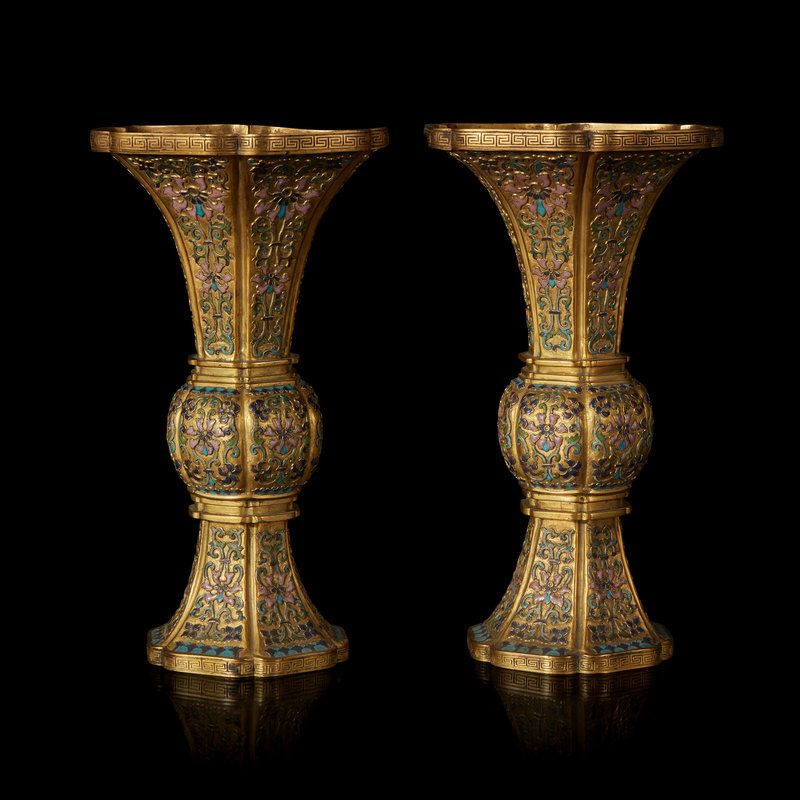
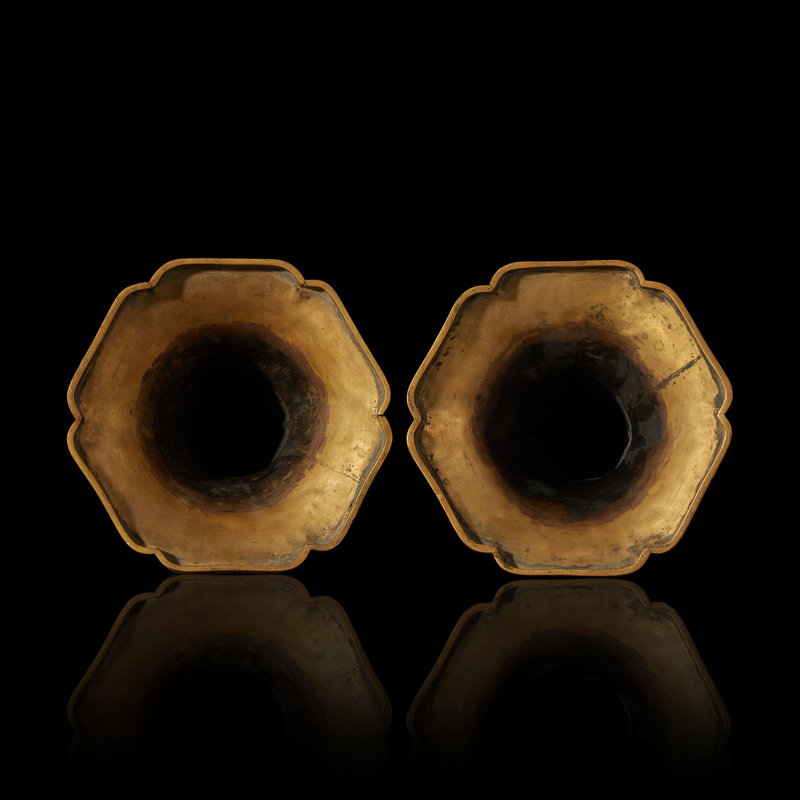
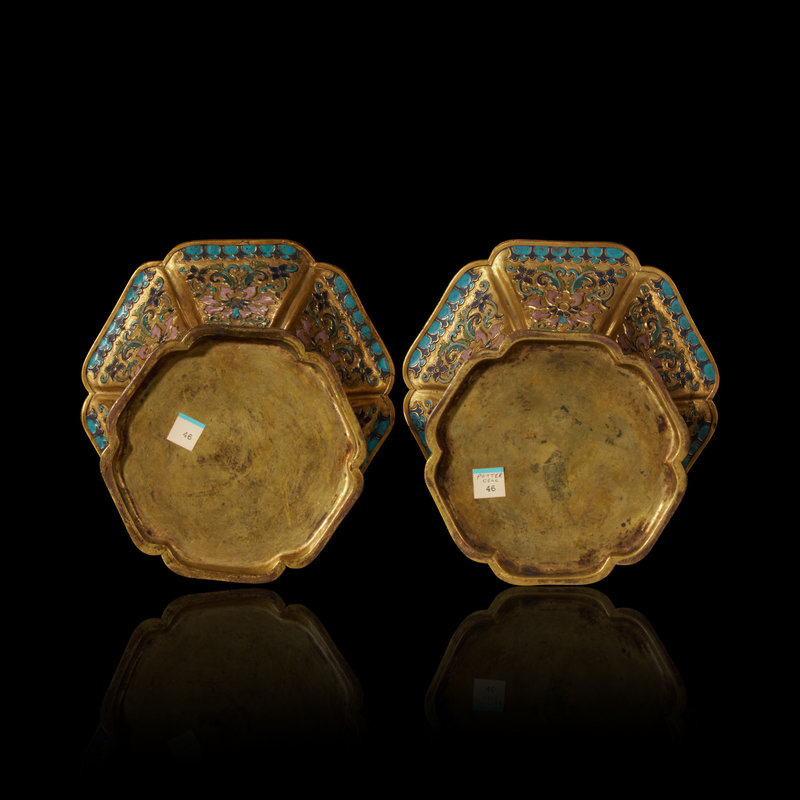


/image%2F1371349%2F20240409%2Fob_fc01a6_2024-nyr-22642-0899-000-a-rare-small-h.jpg)
/image%2F1371349%2F20240409%2Fob_1299ed_2024-nyr-22642-0898-000-a-rare-huanghu.jpg)
/image%2F1371349%2F20240403%2Fob_b08891_telechargement-4.jpg)
/image%2F1371349%2F20240403%2Fob_b24488_telechargement.jpg)